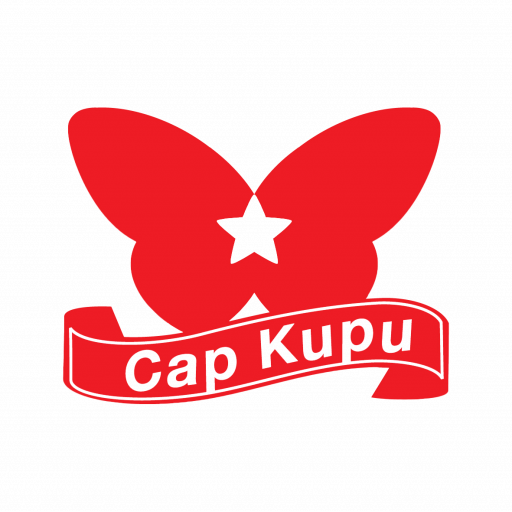The 5 Stages of Team Development DEFINED + Expert Advice
Lifestyle & HealthContent
- Corporate Succession Planning: How to Create Leaders According to the Business Need
- What are the stages of team development?
- Work & Life
- What are the 5 stages of team development?
- Group Life Cycles and Member Roles
- How You Can Use Tuckman’s Team & Group Development Tool
- Bring the Product Development Life Cycle Full Circle with Customer Insights
Bottlenecks get addressed promptly and with purpose since the team can easily collaborate and create the solutions required to get everyone back on track. Here, there’s cohesion, trust, and understanding among https://globalcloudteam.com/ team members. The team functions at peak efficiency, and little or no oversight are needed. At the performing stage, it’s easy to accomplish tasks since members are in tandem and understand the process.
Later, during the norming and performing stages, norms focus on relationships and levels of performance. Performance norms are very important because they define the level of work effort and standards that determine the success of the team. As you might expect, leaders play an important part in establishing productive norms by acting as role models and by rewarding desired behaviors. Understanding and using the product development life cycle helps teams execute more agile product development, which is increasingly important in an ever-changing economy.
Corporate Succession Planning: How to Create Leaders According to the Business Need
Use a collaboration tool like Teamwork Spaces to organize and store your documentation. You’ll be able to access all of your important documents in one location so your team won’t waste time searching for important materials. Here are 6 ways Teamwork Spaces can power your marketing team. In today’s fast-paced business environment, it is a necessity to be able to quickly adapt to changing market demands, customer needs, and emerging technologies.
Stages Activities Forming Members come together, learn about each other, and determine the purpose of the group. Storming Members engage in more direct communication and get to know each other. Conflicts between group members will often arise during this stage. Norming Members establish spoken or unspoken rules about how they communicate and work. Performing Members fulfill their purpose and reach their goal. During the Norming stage, members shift their energy to the team’s goals and show an increase in productivity, in both individual and collective work.
What are the stages of team development?
You didn’t choose your birth, your parents, your language, or your culture, but you came to know them through communication. You came to know yourself, learned skills, discovered talents, and met other people. You learned, worked, lived, and loved, and as you aged, minor injuries took longer to heal.

For the team to perform at its best, a good leader will encourage creative conflicts and help celebrate and reward achievements. This empowers the team, especially if the leader steps back once a team is performing. The leader can also organize socialising events to encourage healthy life cycle of a team team-bonding that moves a group into the performing stage. Clashes occur due to different personalities and differences in working styles—the ways things get done. Resentments and irritations that were buried in the last stage erupt and negatively effect the team’s performance.
Work & Life
The group may cease to exist or it may be transformed with new members and a new set of goals. Like life, the group process is normal, and mixed emotions are to be expected. A wise manager anticipates this stage and facilitates the separation with skill and ease. We often close this process with a ritual marking its passing. The ritual may be as formal as an award or as informal as a “thank you” or a verbal acknowledgement of a job well done.

Once the storming stage gets navigated, the team can achieve a better dynamic. Learn the four phases of the project management life cycle to keep your project organized and on track from initation to close. The concept of Forming, Storming, Norming and Performing describes the four stages of psychological development a team goes through as they work on a project. Teams move through each stage as they overcome challenges, learn to work together and eventually focus on accomplishing a shared goal.
What are the 5 stages of team development?
These two skills—the ability to understand social cues that can be affecting others and our ability to communicate and maintain good relationships—are the cornerstones in any group situation. You may miss the interactions with the members, even the more cantankerous ones, and will experience both relief and a sense of loss. Providing the group with what they need and opportunities to know each other prior to their task can increase efficiency. The more we know about others and become accustomed to how they communicate, the better we can predict how they will interact with us in future contexts. If you learn that Monday mornings are never a good time for your supervisor, you quickly learn to schedule meetings later in the week.
- Your customers are one of the most important and valuable data sources at your disposal.
- Expressing different views can cause conflict and may even interfere with communication.
- Record and store the meeting in Teamwork Projects so that team members can revisit it at any time if they need a reminder of the discussion.
- Team learning is a behavioral process of seeking, gathering, discussing, and implementing methods of team success.
- Finally, share the project roadmap so the team can see the starting point, the proposed check-in points, and the end goal.
- Solving problems face-to-face instead of over email or chat is a good investment right now because you’ll get a richer sense of who your teammates are as people.
- During the Storming stage, team members may argue or become critical of the team’s original mission or goals.
If you’ve asked team members to update progress documents weekly, check to make sure it’s being done. Set reminders for yourself to check in with team members, or send calendar events so that making updates is always top of mind and getting done. The main goal here is to keep the momentum going so that the project wraps up on time. But first, the quality assurance team needs to perform some tests to ensure the software is fully functional.
Group Life Cycles and Member Roles
However, concept of team development life cycle is significant in the context of the nature of problem which team members are likely to face in team-work. It might not be possible to plan an in-person meet-up, especially if your projects have short turnaround times. Create an agenda and establish a document to track ideas and comments during the meeting. Share a link to these meeting notes afterwards so that everyone has access and can review it later. Organize the agenda so that each team member has five to ten minutes to talk through their insights and ideas.



There are no reviews yet.